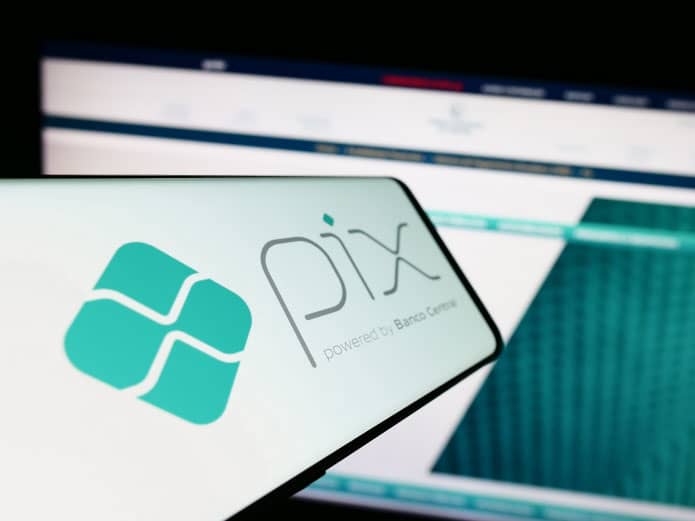The exponential growth of transactions viaPIXin Brazil has been accompanied by a significant increase in cases offinancial frauds. According to a recent study byACI Worldwide, a company specialized in technology for payment methods, Brazil can reach the milestone ofR$11 billion in scams via PIX by 2028.
The speed and practicality ofPIX, which revolutionized the payment system in the country, also arouse the interest offraudsters, which exploit vulnerabilities in the financial system to carry out scams, including the use ofartificial intelligence (AI).
Given this scenario, it becomes essential to understandthe limits of the liability of financial institutionsand therights of victims of bank fraud.
Central Bank Regulations and Financial Institutions' Security Duty
A Resolution No. 147/2021 do Central Bank of Brazil (BCB)establishes guidelines for thefraud prevention and mitigation in PIX. The articles39-B e 78-Fdetermine that, when suspecting fraud, financial institutions mustprovisionally block the transferred amounts, either on its own initiative or at the client's request.
Furthermore, thearticle 32, section V, of the same resolution, imposes onPIX participantsthe obligation tobe held liable for fraud resulting from failures in its risk management mechanisms. This includesfailure to observe security measures, such as monitoring suspicious transactions and responding quickly to potential fraud.
The Central Bank's guidelines make it clear thatFinancial institutions have a duty to continually monitor the services they provide, adoptingpreventive measuresto prevent fraud and scams. Among these measures, the following stand out:
- Immediate blocking of suspicious transactions;
- Continuous monitoring of atypical movements;
- Adoption of strict security and authentication protocols;
- Collaboration between financial institutions to share fraud data.
When Can Financial Institutions Be Held Liable?
The liability of financial institutions can be configuredin the following situations:
- Negligence in complying with the blocking request: When the victim of a scamcommunicate immediatelythe bank fraud and requests thevalue lock, but it is not answered in time, allowing the amounts to be moved by fraudsters.
- Security system failures: If identifiedinvasion of the bank's internal system, demonstrating vulnerability in the protection mechanisms, the institution may be held liable for the damages caused.
- Failure to comply with Central Bank guidelines: If the institutiondo not observe established security protocols, such as the lack of adequate monitoring or failure to implement preventive measures, may be ordered to fully compensate the injured user.
Once proven theomission or failure to provide the service, the financial institution may be required tocompensate the client for financial losses suffered.
Prevention Measures for Financial Institutions and Users
To minimize the impact of fraud and ensure greater security for customers, financial institutions must adopt preventive strategies, such as:
Set transaction limitsto reduce the impact of high-value scams;
Monitor user behavior patternsto detect suspicious activity;
Investing in technology and artificial intelligenceto strengthen authentication and security mechanisms;
Share information about fraudbetween banks and regulatory bodies to improve policies to combat financial scams.
Essential Care for PIX Users
On the other hand, users should also take steps to protect themselves against fraud, including:
Avoid clicking on unknown linksor provide bank details to third parties;
Be wary of suspicious messageswho request urgent transfers;
Always verify the authenticity of the recipientbefore carrying out any transaction;
Enable bank transaction notificationsto monitor your transactions in real time.
What to do if you are a victim of PIX fraud?
If you are the victim of a PIX scam, the user must act quickly to try to recover the amounts:
1 –Contact the financial institution immediatelyand report the fraud;
2 –Request the blocking of transferred amountsthrough theSpecial Return Mechanism (SDM);
3 –File a police reportand gather evidence of fraud;
4 –If the amount is not returned, seek legal assistance to assess the financial institution’s liability.
THESpecial Return Mechanism (SDM)allows the recovery of valuesin cases where fraud or failure in the banking system is proven.
If the financial institutiondo not return the amountsand it is found that there wasfailure to comply with Central Bank regulations or system security failure, the victim may demandfull compensation for material damages suffered.
Vitor Henrique Mainardes –Specialist in Civil and Business Law from PUC/PR and lawyer at the firm Alceu Machado, Sperb & Bonat Cordeiro Law Firm.


